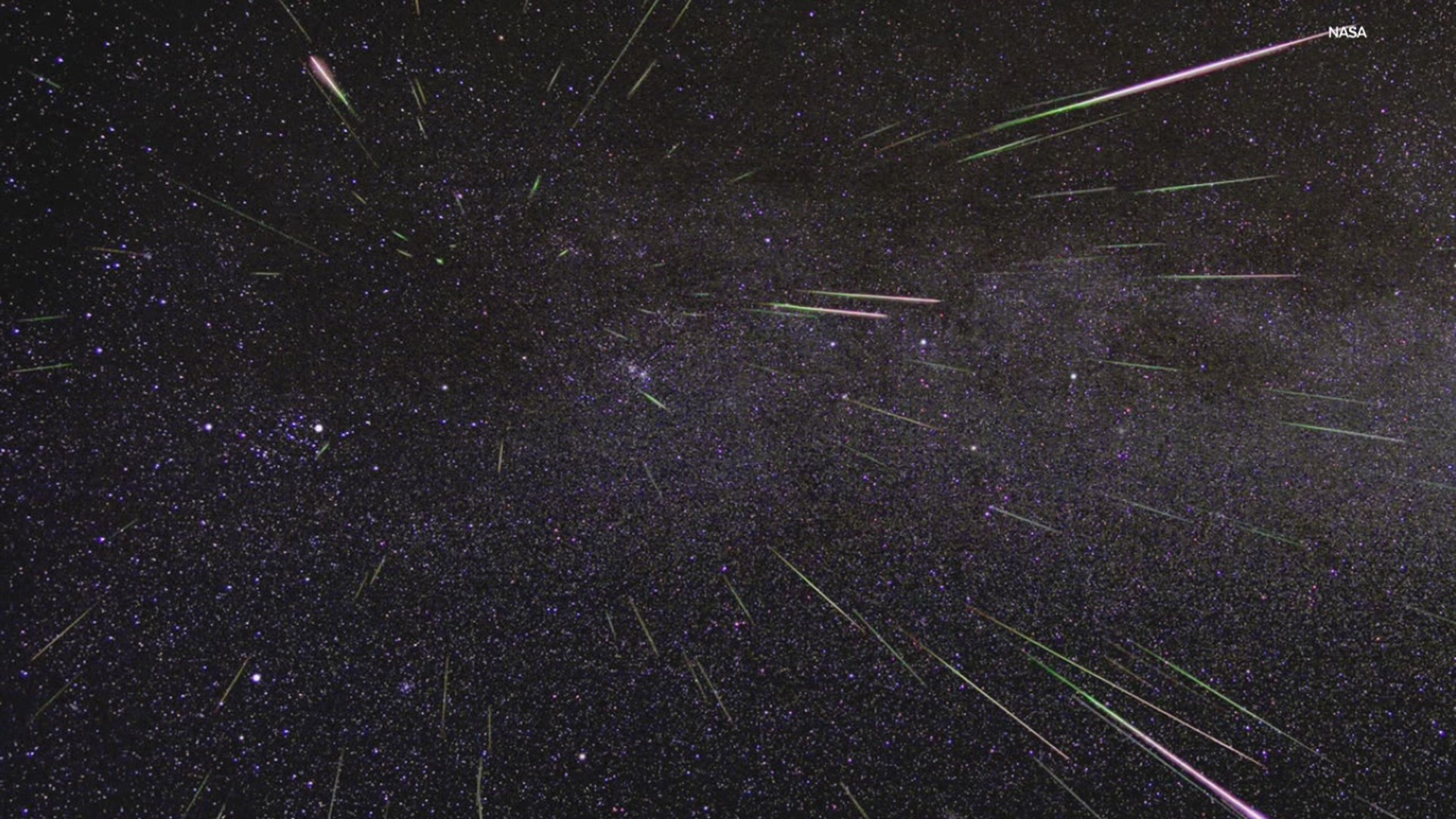The "Big Daddy" meteor shower is set to peak later this week.
"The Perseid Meteor Shower is created by a comet called Swift-Tuttle," said Tom Wildoner of Dark Side Observatory. "It's a comet that's 16 miles wide, and it rotates around the sun once every 133 years. But it was only discovered as a comet in 1862 when President Lincoln was still president of the United States. When the Earth gets to the densest part of the debris field, that's the peak of this particular meteor shower which is going to be August 11th through the 13th."
Like all of our meteor showers, you're probably going to need to set a middle-of-the-night alarm to see the best show.
"It's going to be best to wait until after midnight," Wildoner said. "Give the moon a chance to set. It also allows the radiant point which is in the north northeast part of the sky to get higher in the sky."
While this is expected to be one of the best meteor showers of the year with 50 and 100 meteors per hour, it will pale in comparison to the record-breaking meteor storm that happened nearly 200 years ago.
"It's not going to compete with the record which is in 1833 with the Leonid Meteor Shower that produced a couple hundred thousand per hour," Wildoner explained.
In addition to heading to a dark location away from light pollution, Wildoner has a few tips if you're looking to snap photos of the Perseids.
"You want to set at least a 30-second exposure. More would be better, maybe 60 seconds. You want the widest lens that you have available," he said.
Wildoner adds that the best way to view the Perseids is to get comfortable, give your eyes at least 20 minutes to adjust to the dark, and enjoy the show.

